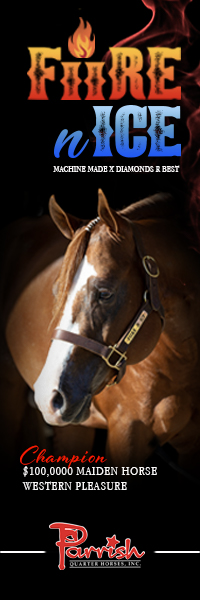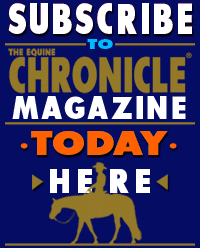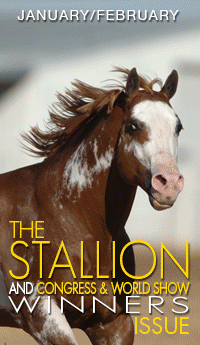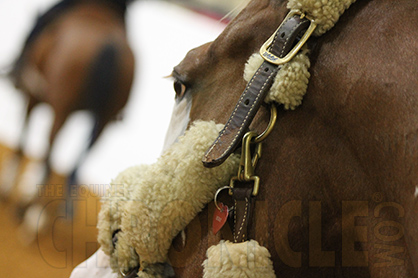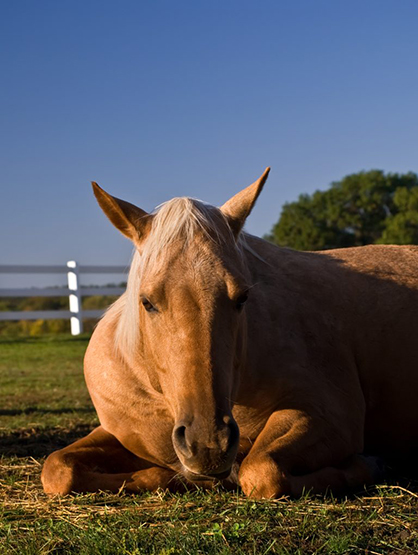
Forage is critical for hind gut fermenters. An 1,100 pound horse should consume 2.0% to 2.5 % of their body weight per day in forage (22 to 28 lbs). Horses only produce saliva when they chew, therefore feeding forage ad-lib will increase the production of saliva – one of the best buffers for the horses’ digestive system and the most effective way to reduce the chance of ulcers and impaction colic.
Continue reading …EDCC Receives Federal Grant to Promote Biosecurity Awareness, Mitigate Infectious Disease Spread
February 14, 2022 Comments Off on EDCC Receives Federal Grant to Promote Biosecurity Awareness, Mitigate Infectious Disease Spread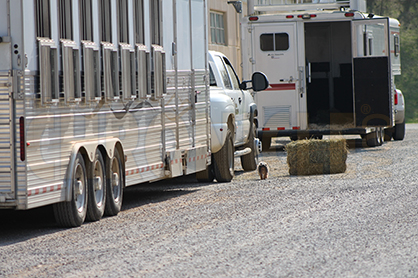
Horses are transported more than any other livestock to horse shows, racetracks, sales, breeding farms and international events, creating an increased risk for infectious disease spread within the United States. To decrease this risk, all industry participants—from horse owners to event managers—need to be aware of the need for increased biosecurity and how to use it to mitigate diseases when they occur. To assess the industry’s current level of knowledge, the EDCC will complete a survey of horse owners and veterinarians.
Continue reading …$50,000 Available for Research Investigating Interactions of Horses on Humans Who Have Experienced Trauma
February 8, 2022 Comments Off on $50,000 Available for Research Investigating Interactions of Horses on Humans Who Have Experienced Trauma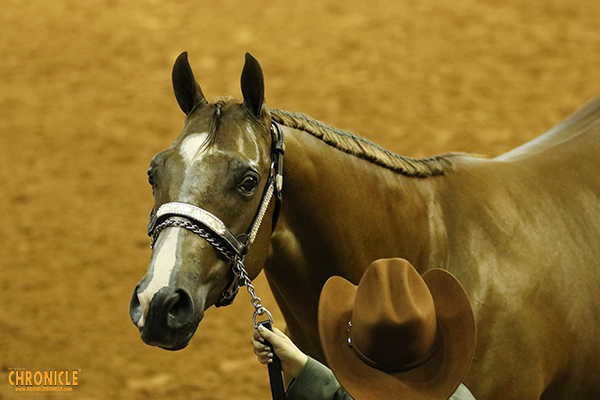
All proposals undergo a four-tier review process completed by the Scientific Advisory Council. Preference will be given to investigators with solid credentials and research experience. The maximum award is $50,000 for up to eighteen months. The winning proposal will have scientific merit, scientific and clinical significance, and relevance.
Continue reading …Horses and Humans Research Foundation Announces New Committee For 2022- Equine Well-Being Task Force
February 6, 2022 Comments Off on Horses and Humans Research Foundation Announces New Committee For 2022- Equine Well-Being Task Force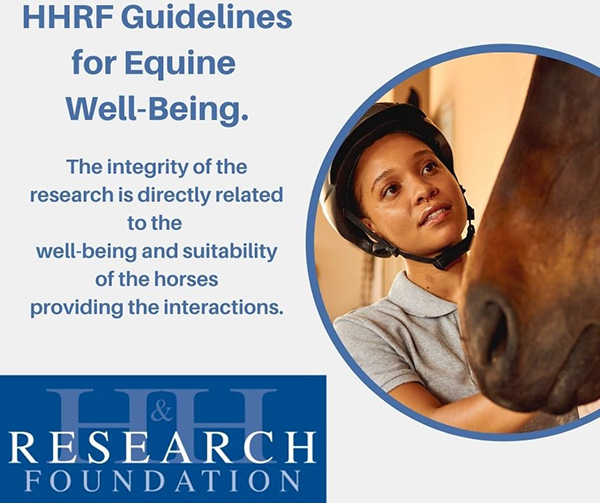
For a long time there have been a lot of questions about the welfare of the horses in horse/human interactions. Are the horses stressed? How much work and what type is too much? Is serviceably sound ok if riders are just walking? As almost always, the answer is “It depends” because there are so many variables.
Continue reading …Neurological Examination in the Horse- How It’s Done
January 31, 2022 Comments Off on Neurological Examination in the Horse- How It’s Done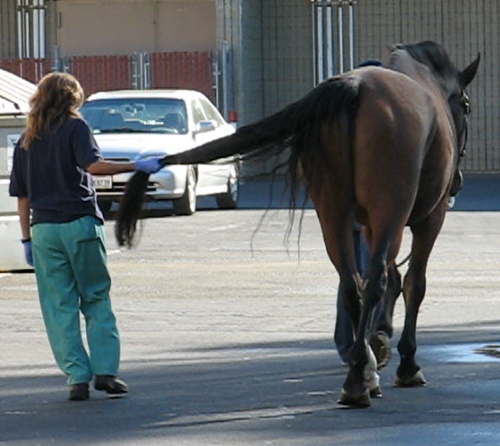
Equine neurological examinations* evaluate horses from head to tail. They are performed to evaluate signs consistent with neurologic disease or to establish that a horse is neurologically normal, such as during a pre-purchase exam. A neurological exam can be divided into two parts: static and dynamic.
Continue reading …The Not-So-Great Indoors and Horse Health
January 31, 2022 Comments Off on The Not-So-Great Indoors and Horse Health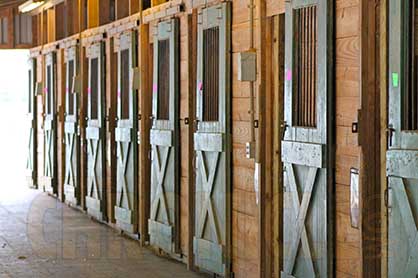
To start with, exposure to inhalable irritants increases by 50 percent compared to living outdoors. Respirable irritants are the main cause of conditions on the Equine Asthma Spectrum that affect over 80 percent of active sporthorses, often without obvious symptoms.
Continue reading …Morris Animal Foundation Announces New Studies Focused on Equine Colic
January 30, 2022 Comments Off on Morris Animal Foundation Announces New Studies Focused on Equine Colic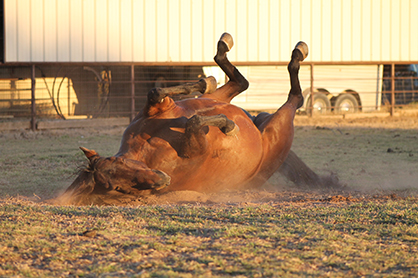
Estimates suggest that 4% – 10% of horses will experience colic at least once in their lifetimes, and the actual incidence may be even higher. Although the majority of horses can be successfully treated on the farm, approximately 10% require referral for advanced care, including surgery.
Continue reading …


